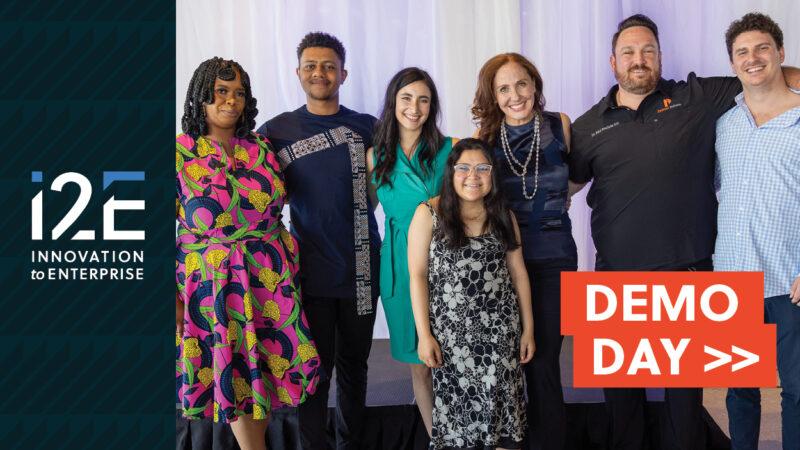By Scott Meacham
Copyright © 2014, The Oklahoma Publishing Company
Over the last three years, the Oklahoma Innovation Institute has worked to build a collaborative infrastructure in the Tulsa region, including a Tulsa community supercomputer.
Oklahoma State University-Tulsa, the University of Oklahoma-Tulsa, the University of Tulsa, Tulsa Community College and private sector partners, including a number of inventors and entrepreneurs, all needed the computational power of a supercomputer, but no one entity had the budget to foot the entire bill.
They pooled energy, money and other resources, and three years later, turned on the $2.5 million Tandy Supercomputer. Tulsa’s Tandy is the country’s first truly community supercomputer, a system that supports entrepreneurs, businesses, educational institutions and public entities with access to the power of supercomputing at minimal cost.
That effort recently earned the Oklahoma Innovation Institute recognition as an Oklahoma Innovator of the Year, as well as proving to a lot of people that the Tulsa community could think collaboratively.
“We kept looking for more ways to bring together people, money, and resources in better and smarter ways,” said David Greer, executive director of the University of Tulsa’s Institute for Information Security and executive director of the Oklahoma Innovation Institute.
Under the Innovation Institute umbrella, the Tulsa Regional STEM Alliance launched in January.
This endeavor came about through an interest in connecting Tulsa’s STEM (science, technology, engineering, and math) resources in a collaborative model to produce more STEM education opportunities for the area’s young people, from pre-K through graduation.
The goal is to provide what Greer describes as a “seamless STEM education conveyor belt,” to bring STEM education to every child.
The ink was barely dry on the organization’s founding documents when members heard through the state that there was a national grant competition for communities looking for transformational ways to scale STEM education and mentoring.
The only catch was that the nascent Tulsa Regional STEM Alliance had less than three days to formally respond.
“We are a city of doers,” Greer said. “We gathered six volunteers from different organizations in a room, and with the help of two grant writers produced a 30-page proposal, letters of support from three CEOs, the mayor, universities, Tulsa Public Schools, and 16 other coalition members in 48 hours,” David said.
The US2020 City Competition proposal was submitted at 4:58 p.m. The STEM Alliance team received national recognition as one of 13 finalists in a field of 50-plus applicants. Although they didn’t win the grant, Tulsa Regional STEM Alliance will continue to participate as a US2020 community leader through webinars, conference discussions and quarterly coaching.
Building an innovation economy is heavy lifting. To build multimillion dollar supercomputers or get bright third- and fourth-graders so interested in robots and science experiments that they just have to learn more, takes strong will and collaboration.
There’s a lot of that going on all over Oklahoma. Let’s keep it up.
Scott Meacham is president and CEO of i2E Inc., a nonprofit corporation that mentors many of the state’s technology-based startup companies. i2E receives state appropriations from the Oklahoma Center for the Advancement of Science and Technology. Contact Meacham at [email protected].
Did You Know? Out of every 100 ninth-graders, only six graduate from college with STEM degrees. Source: National Center for Education








